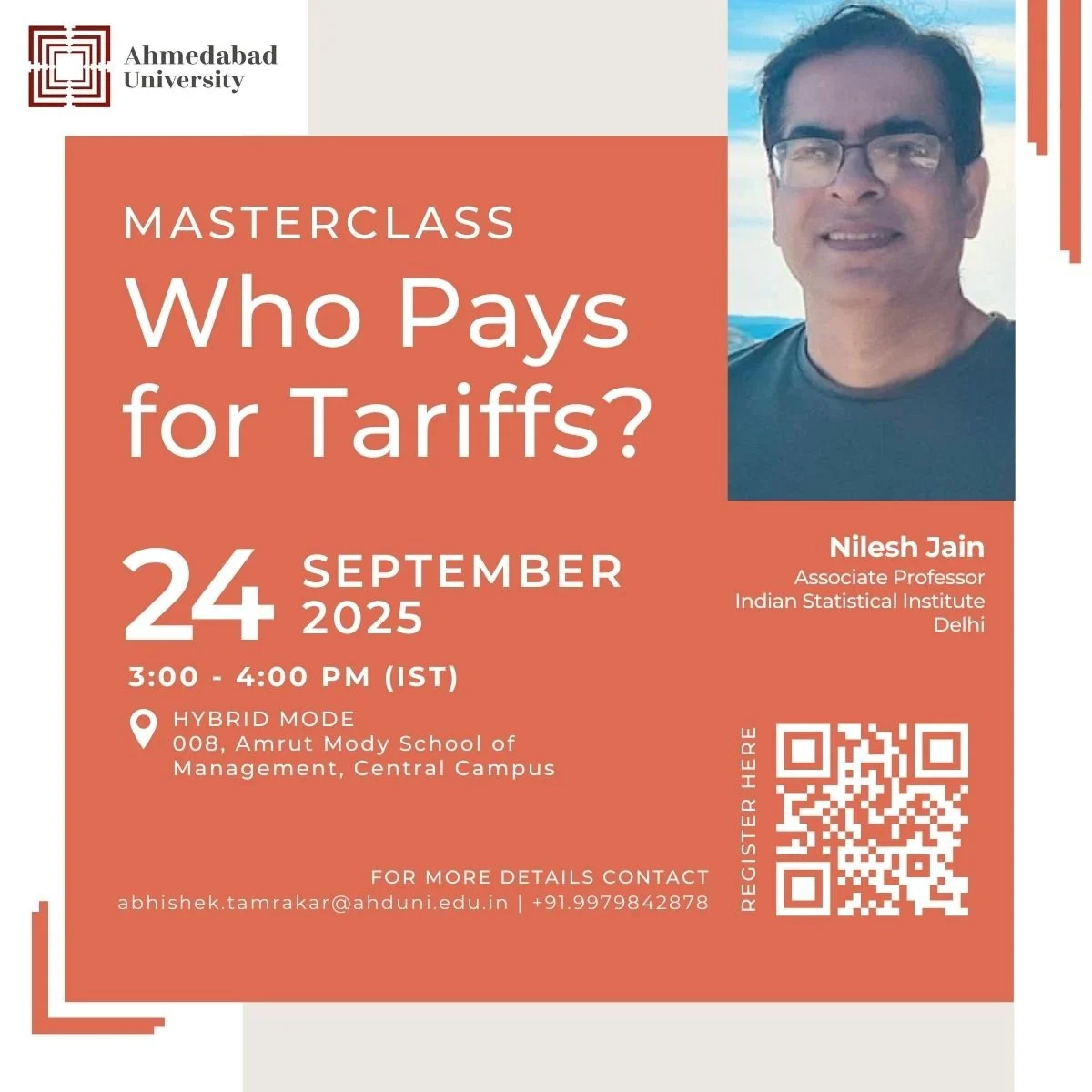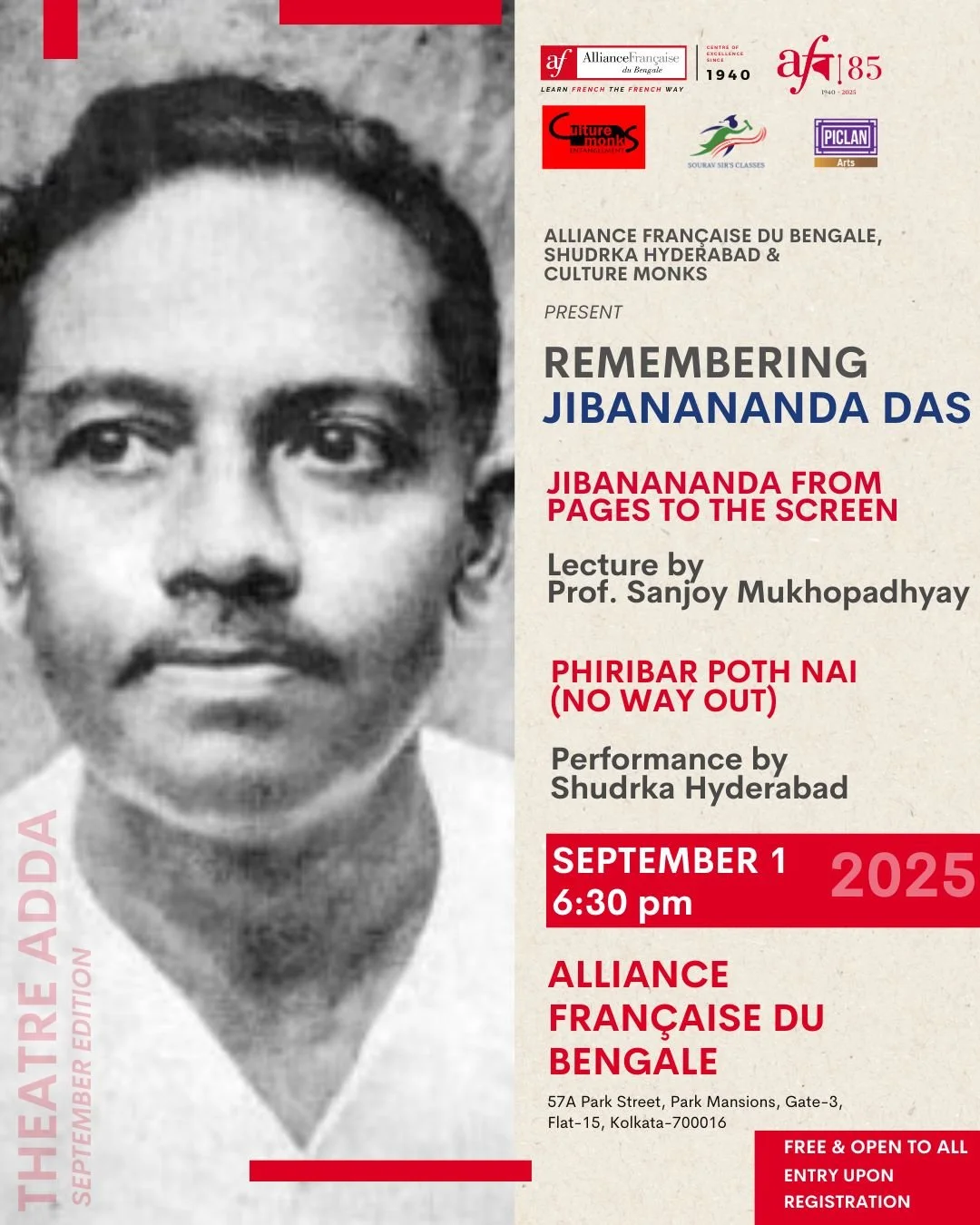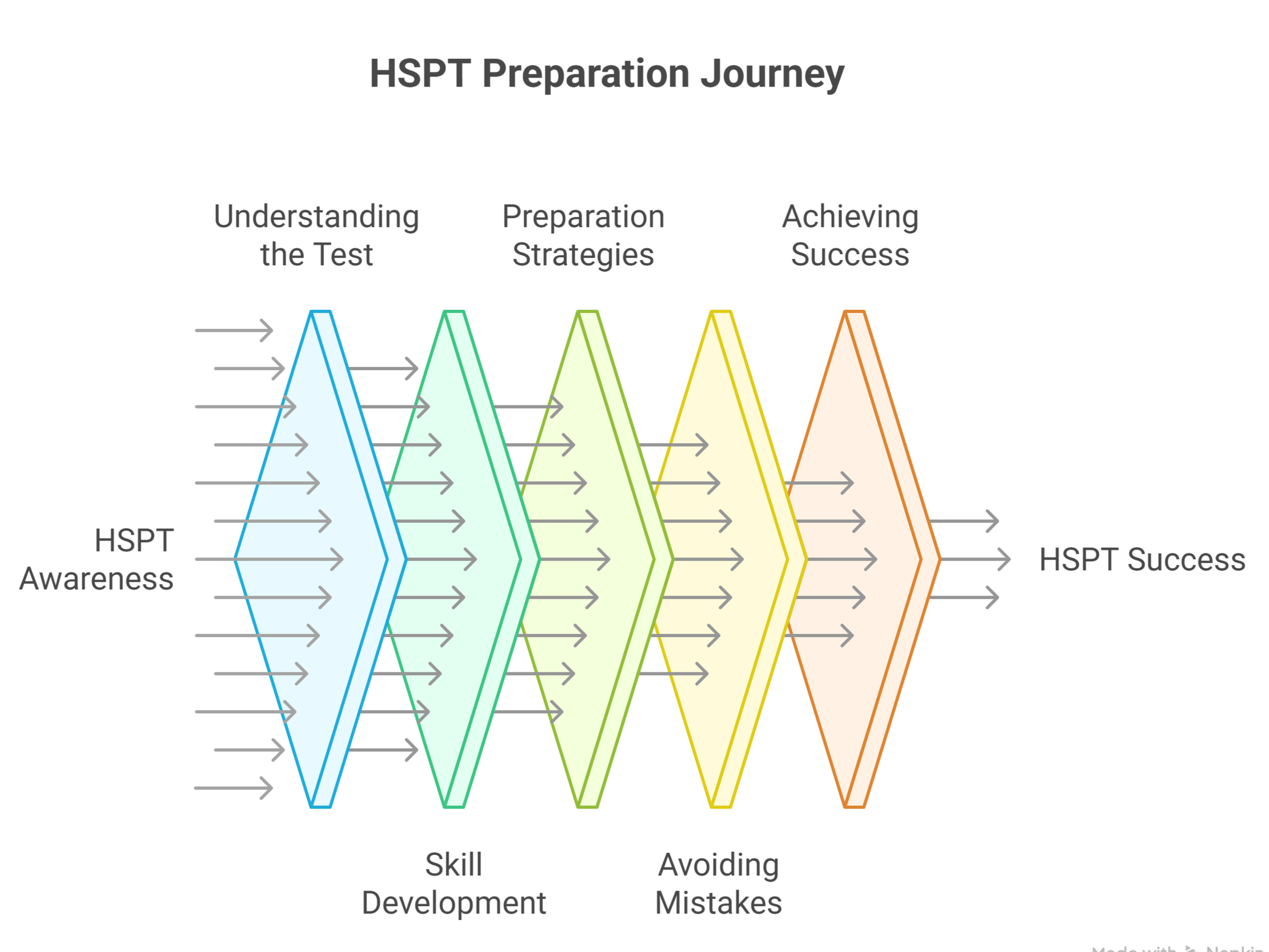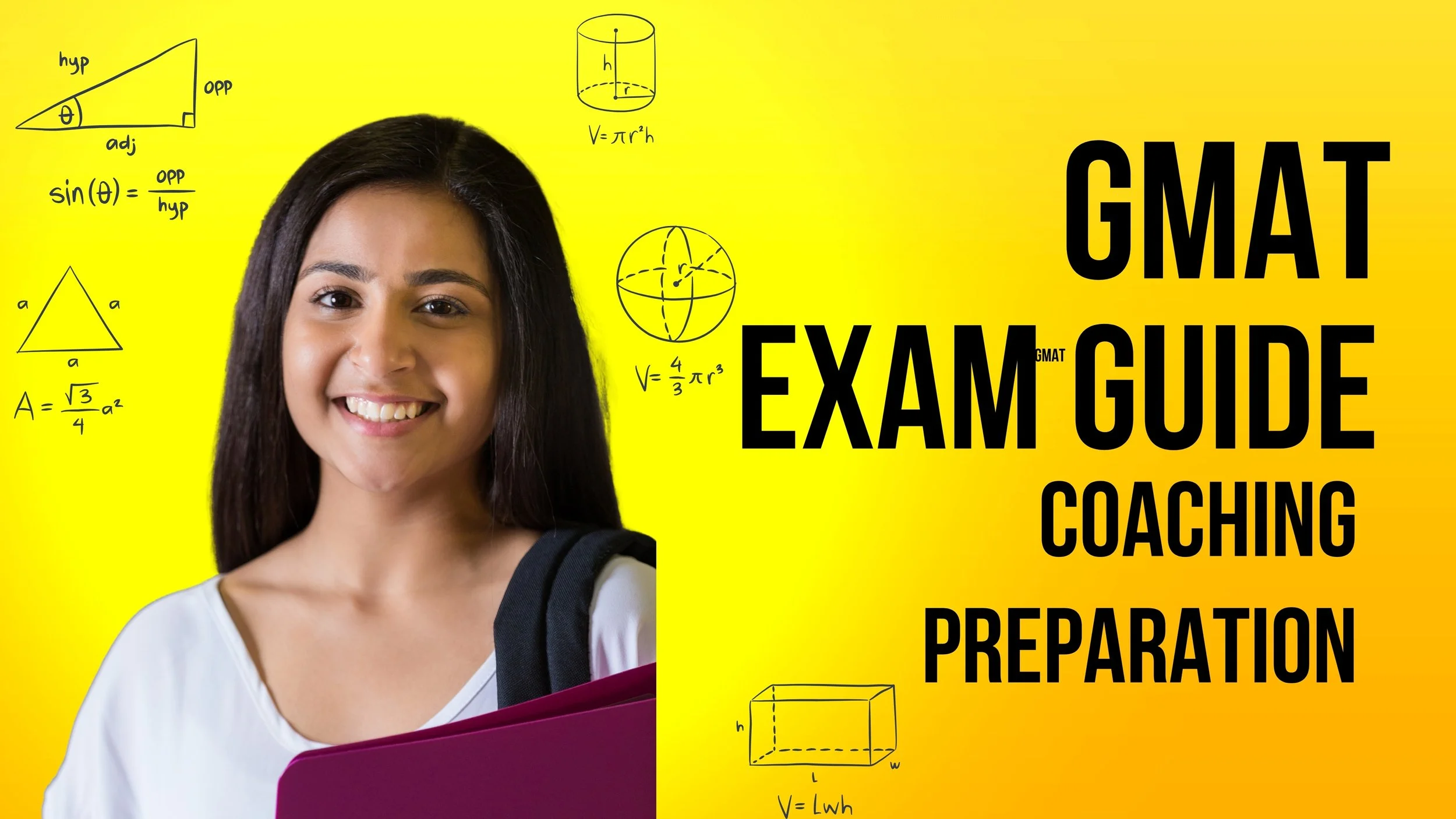The Partnership for Assessment of Readiness for College and Careers (PARCC) is one of the most important standardized exams in the United States, designed to measure a student’s preparedness for academic and professional success. Unlike traditional tests that rely on rote memorization, PARCC emphasizes critical thinking, problem-solving, and evidence-based reasoning in both English Language Arts and Mathematics.
At Study Alpha Academy, we believe that mastering PARCC goes beyond exam preparation — it’s about building future-ready skills. This assessment not only evaluates knowledge but also ensures that students can apply what they learn to real-world challenges. Colleges and universities often use PARCC scores for course placement, while educators and parents benefit from detailed performance feedback.
Our coaching approach focuses on conceptual clarity, practice tests, analytical drills, and personalized feedback, enabling students to develop confidence as well as competence. By aligning with the Common Core Standards, PARCC ensures global competitiveness for learners.
If you aim to excel in your academic journey and stand out in future career pathways, understanding PARCC requirements and preparing effectively is essential — and that’s where Study Alpha Academy provides an unmatched edge.
Read More




















